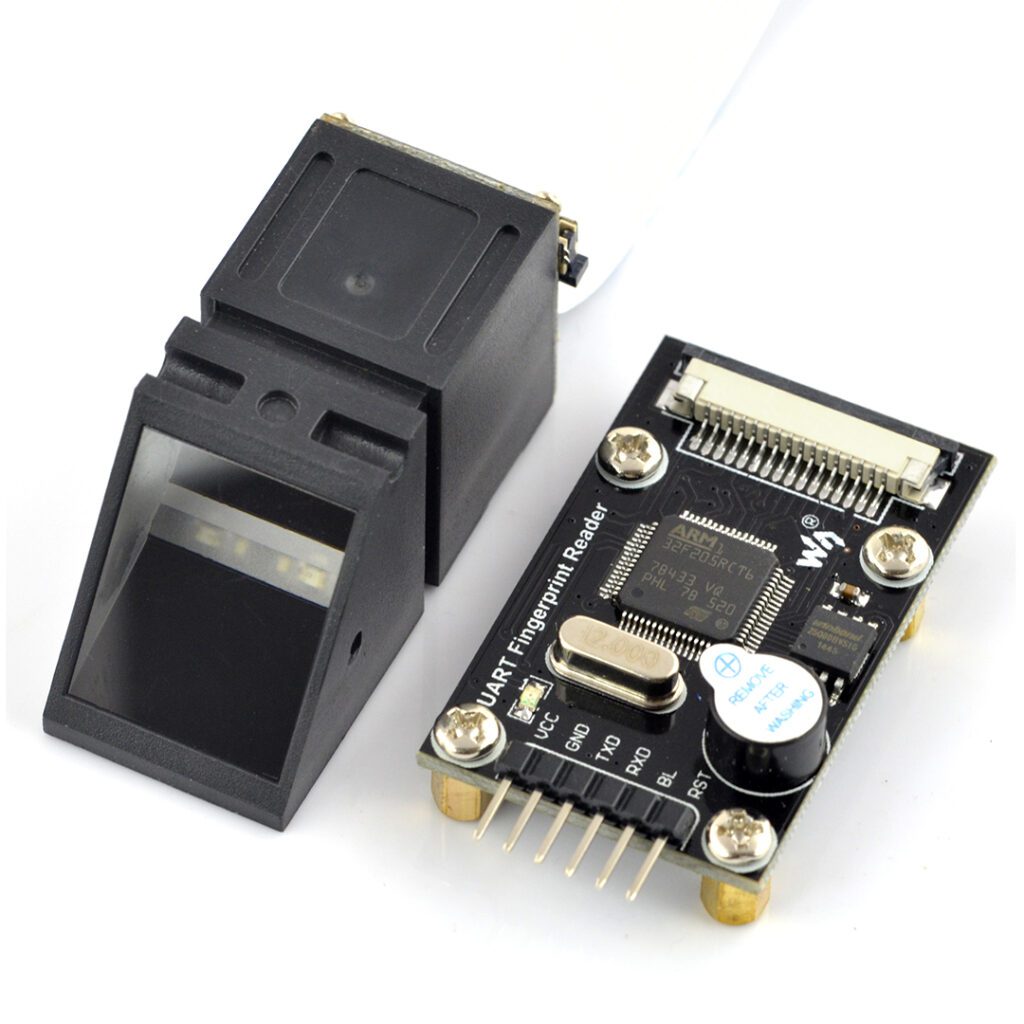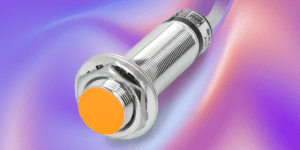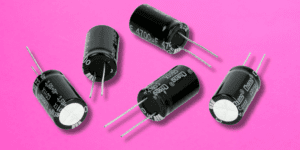Spis treści:
Gradually evolving into high-tech scanners that read biological markers with up to 100% accuracy, it is also being chosen more and more for commercial and amateur projects. However, this does not mean that it has disappeared from the industrial or bioscience sectors, where it continues to revolutionize the authentication industry at lightning speed. In the article, we will look at the advantages of fingerprint reading technology.
Biometrics in practice
Modern biometric technology began in the 1960s. The U.S. Department of Immigration was already using biometric data of visa applicants at ports of entry to control crime and facilitate travel for millions of legitimate travelers, and the Defense Department was collecting fingerprints, facial images, voice samples, iris images and DNA swabs to track and identify national security threats. President G. Bush has made personal identification cards mandatory for all government personnel, and automated palm print databases have been implemented nationwide. In 2008, a terrorist was apprehended at the border for the first time solely by comparing biometric data.
This legitimate practice hints at where fingerprint readers come in handy. Biometric technology still supports identification, but the change came in 2013 when Apple introduced Touch ID on the iPhone 5S. Biometrics has ceased to be a government tool and has been used by the public. Samsung and Apple have built biometric fingerprint scanners into smartphones to authenticate millions of users, and opinion has welcomed this integration with open arms. Apple soon switched to facial recognition on the iPhone X.
How does the fingerprint reader work?
Finger scanners identify based on unique fingerprint patterns on the surface of the skin. A person places his or her finger on the surface of the reader, which is usually made of a hard material, such as glass, and using LEDs, thoughc readers use various techniques such as ultrasonic scanning to collect the fingerprint image.
However, let’s look at the optical method. Here, the light emitted by the LEDs is reflected from the surface of the finger scanner and picked up by an image sensor based on either CCD or CMOS technology. The collected fingerprint images are converted into digital data using computer algorithms. With optical readers, the image is photographed and then converted into a digital format.
Comparison algorithms compare the pattern given to the reader with patterns stored in the database – something like templates. If there is a match, the system recognizes the person as properly authenticated, allowing access to the device or system. From there, it’s only a step for a skilled electronics engineer who can create a whole system of integration with other security tools, such as with the support of the Arduino platform.
CCD and CMOS vs. fingerprints
A CCD is a type of semiconductor sensing chip that converts light into charge electrical signals. On the surface of the CCD chip is a grid of fields, each of which is capable of storing an electric charge. When light falls on individual pixels, or image elements, they generate a charge, which is sent through a grid of fields to the final output element for reading and processing. CCD solutions are especially recommended for low-light conditions and are less prone to noise than CMOS, although they tend to be more costly to produce and power-hungry. CMOS is also a type of solid-state sensing chip. Each pixel in a CMOS sensor has its own transistor that converts light into an electrical signal. These signals are then amplified, processed and sent for further processing. Energy efficiency and ease of production make it cheaper than CCD. Smartphones, digital cameras and webcam webcams rely on it – all because of its ruggedness, increasing performance and image quality. All this brings CMOS technology closer to the achievements of CCD technology.
CCD-based fingerprint scanners operate on a similar principle to other devices using CCD technology. Light falls on the fingerprint on the finger, and the pixels in the CCD array generate charge electrical signals based on the illuminated area. These signals are then processed to create a fingerprint image. CMOS-based fingerprint scanners, on the other hand, use a CMOS pixel array, where each pixel has its own transistor to capture incident light on the fingerprint. Signals are read and processed at each pixel to produce an image. An informed choice is all about setting priorities. Let’s put it this way: if you want high image quality, especially in low-light conditions, CCD technology may be a better choice. If the priority is to minimize power consumption, especially in portable devices, CMOS leads in this aspect. Similarly, if budget is a key factor. If the device is exposed to heavy use and the risk of mechanical damage, CMOS is also more resistant. It seems that the main advantage of CCDs for fingerprint readers is that they primarily stand out for their excellent image quality and nothing more. However, the difference can become really noticeable with signal noise and interference, rolling shutter effects with fast panning movements and finally in scientific imaging applications.
Finger scanner at home and at work - why it's worth it
…And isn’t it a fad? Well. 5G is ready to put the Internet of Things (IoT) and big data in the back pocket of your pants. Standards bodies and groups such as FIDO and W3C not only recognize biometrics, but also regulate them. Biology-based security as a futuristic concept has been replaced by widespread acceptance and a race to implement biometric technologies. Behind the choice of a fingerprint reader are not only security, but also the convenience known from a concerted, compliant building automation. It’s the lack of need to remember passwords, carry access cards, speed up login processes, ease of management and immutability of fingerprints, which nature has already taken care of for us.
How useful was this post?
Click on a star to rate it!
Average rating 0 / 5. Vote count: 0
No votes so far! Be the first to rate this post.







